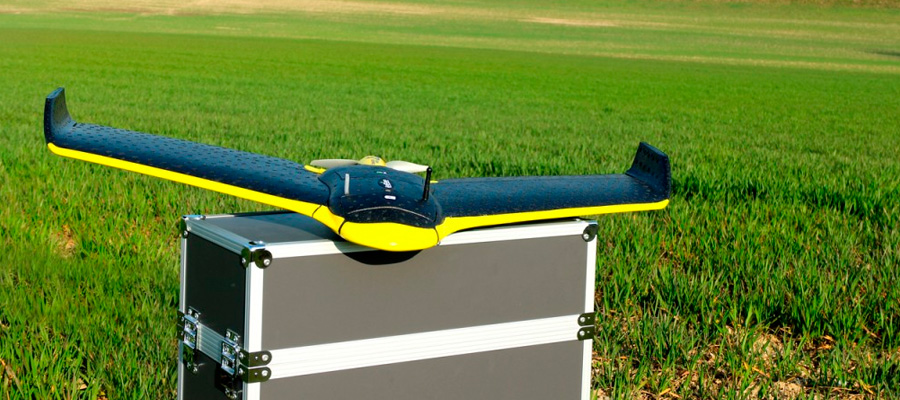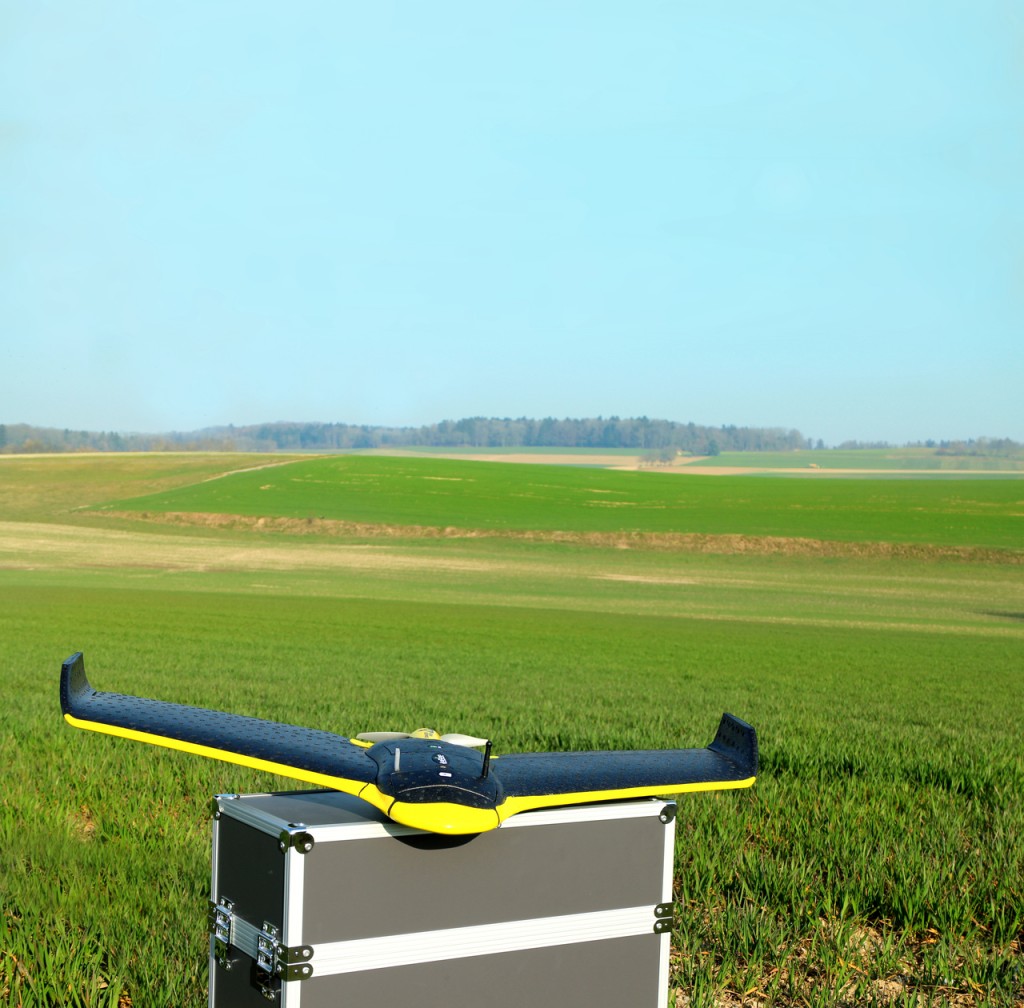The Internet of Things Comes to the Farm: The Last Agricultural Drones
Many internet-based technologies are entering the farms now a days. From driverless tractors and mobile apps to unmanned aerial vehicles (UAVs), or more commonly known as “Drones”, farming technology is rapidly evolving. Let’s take a look at what can be achieved by drones, like for example “Mapping and Aerial Photography” to “Spraying”, let’s see.
Farmers can use drones to identify specific sections of the crop where the plants are stressed by lack of water, diseased or infested with bugs, which cannot be easily recognized at eye-level, till is too late.
Here comes the help of drones like the HoneyComb AgDrone System, which use dual cameras to generate maps in HD and NDVI, this data allow farmers to apply less pesticides, and avoid stressed in the crops due to bugs or diseases.
Drones have also identified leaks in irrigation lines, allowing to save water and resources, and averting disaster in the crop fields.
Now you can do fertilizer spraying with drones
Chinese drone manufacturer DJI offer the Agras MG-1,this is an octocopter designed to spray large areas of farmland with pesticides, herbicides or fertilizers. This drone can cover 4,000-6,000 m² with a 10 Kg payload in just 10 minutes, which according to DJI is 40 to 60 times more efficient than manual spraying. The spraying system automatically adjusts its spray to the flying speed so an even spray is always applied. This way, the amount of pesticide or fertilizer is precisely regulated to avoid pollution and economize operations.
DJI has announced that they’ll be offering the Agras in China and Korea first, where many farms still rely on the manual introduction of pesticides by backpacked workers. It’s expected to be priced at around $15.000, which is higher priced than many other agricultural drones but most other drones rely on services like data mapping and aerial photography.
Another company working with helicopter-drones in Japan now applies fertilizer in rice fields in 20% of the time it used to be done by humans.
“Drone-to-Tractor”…or Trans-Machinery Data.
Another interesting drone is eBee Ag, which equipped with infra-red cameras and thermal imaging can do health-check from air, detecting problem areas that might be suffering infestation, or need more water.
The eBee offers what they call a “drone-to-tractor” workflow. The data collected from the drone can be transferred to the tractor to plot maps and work on solutions for the problem the same day, by monitoring day after day, the farmers make decision based on how the crop is progressing from planting to harvest.
They can have many uses like crop management, yield forecasting, land surveying, insurance monitoring. May be as technology advance and more sensors can be installed, more uses will be offered in drones, but above all, the bottom-line is that they can help the farmer save time and money, and rise productivity.
If you liked this article please share it on Facebook
To know more:
https://www.honeycombcorp.com/agdrone-system/
https://www.dronethusiast.com/agricultural-drones/




